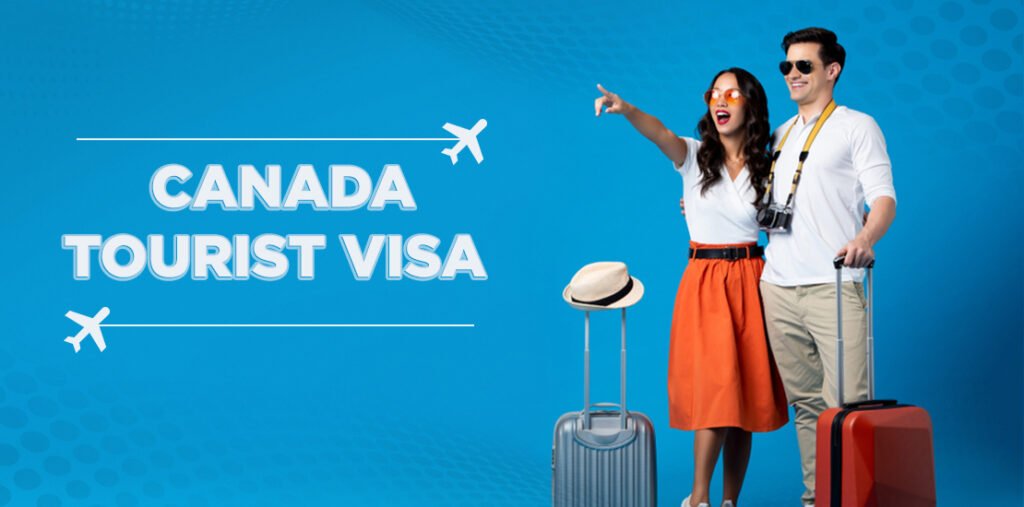Canada, known for its stunning landscapes, vibrant cities, and diverse culture, attracts millions of visitors each year. Whether you’re drawn to the majestic Rocky Mountains, the multicultural tapestry of Toronto, or the historic charm of Quebec City, Canada offers an array of experiences for travelers. However, before embarking on your Canadian adventure, it’s essential to understand the visa requirements and processes, particularly if you’re planning a short-term visit as a tourist.
Visitor Visas vs. Tourist Visas: Understanding the Difference
In Canada, the terms “visitor visa” and “tourist visa” are often used interchangeably to refer to the temporary resident visa (TRV) required for most travelers entering Canada for tourism, visiting family or friends, or attending business meetings. This visa allows individuals to stay in Canada for a limited period, typically up to six months.
Who Needs a Visitor Visa?
Whether you’re coming to Canada for sightseeing, visiting family, or attending a conference, you may need a visitor visa, depending on your nationality. Citizens of some countries are exempt from the visitor visa requirement and only need an Electronic Travel Authorization (eTA) to enter Canada by air. However, those from non-exempt countries must apply for a visitor visa before their trip.
Applying for a Visitor Visa
The process of applying for a visitor visa involves several steps:
- Determine Your Eligibility: Before applying, ensure you meet the eligibility criteria, including having a valid passport, demonstrating your intention to leave Canada at the end of your authorized stay, and proving you have enough funds to support yourself during your visit.
- Gather Required Documents: Prepare the necessary documents, such as a completed application form, passport-sized photos, proof of financial support, travel itinerary, and any additional documents requested by the Canadian government.
- Submit Your Application: You can apply for a visitor visa online through the Immigration, Refugees, and Citizenship Canada (IRCC) website or in person at a Visa Application Centre (VAC) in your country. Pay the required application fee and submit your application along with the supporting documents.
- Attend Biometrics Appointment (if required): Depending on your nationality, you may need to provide biometric information (fingerprints and a photo) at a designated location.
- Wait for Processing: After submitting your application, it will be processed by Canadian immigration authorities. Processing times vary depending on various factors, including your country of residence and the volume of applications.
- Receive a Decision: Once your application is processed, you will receive a decision on your visa application. If approved, your visitor visa will be stamped in your passport, allowing you to travel to Canada.
Tourist Visas for Extended Stay
While a visitor visa typically allows for stays of up to six months, tourists wishing to stay in Canada for longer periods may need to explore other options, such as applying for an extension or obtaining a different type of visa, such as a student or work visa.
Final Thoughts
Planning a trip to Canada involves more than just booking flights and accommodations. Understanding the visa requirements and following the application process diligently are crucial steps to ensure a smooth and hassle-free travel experience. Whether you’re visiting Canada to explore its natural beauty, experience its rich culture, or reconnect with loved ones, proper preparation will help you make the most of your time in this diverse and welcoming country

